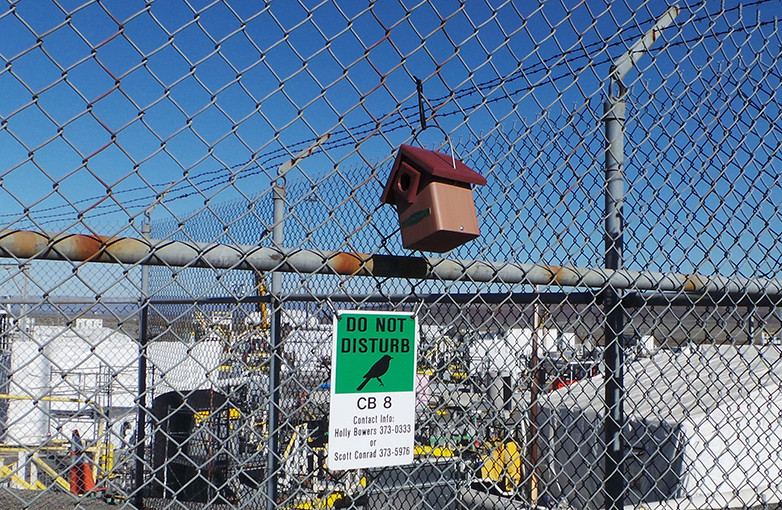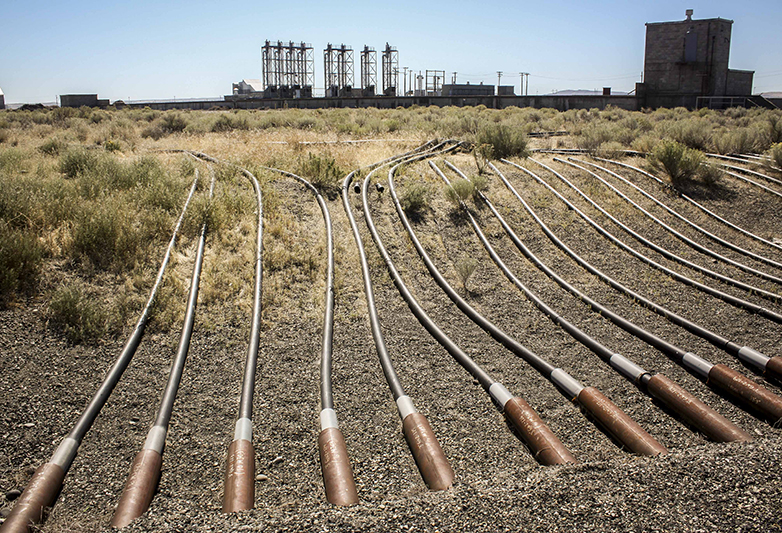Protecting the air and water at Hanford
After 45 years of plutonium production for World War II and the Cold War, large amounts of radioactive and hazardous waste remains at Hanford. Cleanup efforts began at the Hanford site with the goal of undoing the damage caused to the environment during that time.
Monitoring air and water, and preventing the spread of contamination are among our highest priorities. All of the cleanup activities we regulate at Hanford must follow legal requirements under the federal Resource Conservation and Recovery Act (RCRA) and/or the Comprehensive Environmental Response, Compensation, and Liability Act (CERCLA).
I want to...
Measuring air and groundwater quality
When emissions don't meet standards, we take corrective actions to bring them into compliance.
Ecology, the Washington Dept. of Health, EPA, tribes, and local clean air agencies maintain a network of air monitoring stations around the state to measure air pollution. Air quality is measured at facilities that have air handling systems, in the tank farms, and at cleanup sites.
When emissions don't meet standards, we take corrective actions to bring them into compliance.
Ecology, the Washington Dept. of Health, EPA, tribes, and local clean air agencies maintain a network of air monitoring stations around the state to measure air pollution. Air quality is measured at facilities that have air handling systems, in the tank farms, and at cleanup sites.
During plutonium production years at Hanford, the most hazardous liquid wastes were pumped into 177 underground waste storage tanks. About one million gallons of toxic and radioactive waste has leaked from tanks on the site.
About 1,300 wells at Hanford are used to track the intensity and movement of various contaminants in the water. Wells are tested every year throughout the Hanford site.



